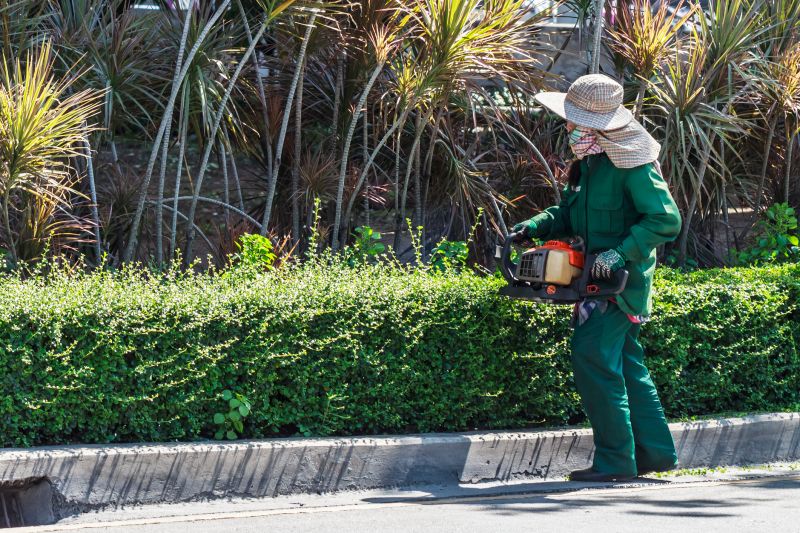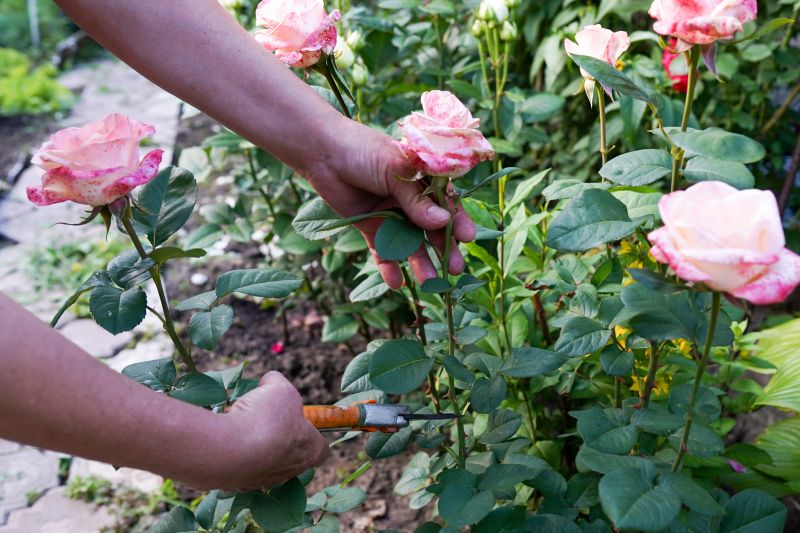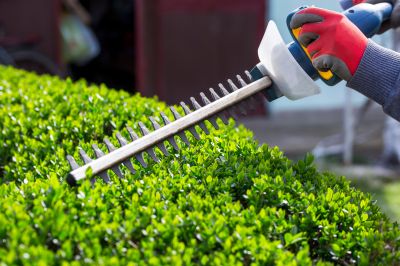Best Times for Shrub Trimming
Perform shrub trimmings in early spring before new growth begins to encourage healthy development.
Light trimming during summer helps maintain shape and remove dead or overgrown branches.
Late fall trimming prepares shrubs for winter, focusing on removing damaged or diseased wood.
Trimming during mid-winter can stress plants and make them vulnerable to cold damage.

Ways to make Shrub Trimmings work in tight or awkward layouts.

Popular materials for Shrub Trimmings and why they hold up over time.

Simple add-ons that improve Shrub Trimmings without blowing the budget.

High-end options that actually feel worth it for Shrub Trimmings.

Finishes and colors that play nicely with Shrub Trimmings.

Little measurements that prevent headaches on Shrub Trimmings day.
| Season | Best Practices |
|---|---|
| Spring | Trim before new growth starts to promote healthy development. |
| Summer | Perform light trimming to shape shrubs and remove dead branches. |
| Late Fall | Cut back damaged or diseased wood to prepare for winter. |
| Winter | Avoid heavy trimming to prevent stress and cold damage. |
Shrub trimmings are essential for maintaining the health and aesthetics of landscape plants. Proper timing ensures shrubs grow vigorously and resist pests and diseases. Regular trimming can also improve air circulation and light penetration within dense foliage.

A 60-second routine that keeps Shrub Trimmings looking new.

A frequent mistake in Shrub Trimmings and how to dodge it.

Small tweaks to make Shrub Trimmings safer and easier to use.

Lower-waste or water-saving choices for Shrub Trimmings.
Interested in professional shrub trimmings? Filling out the contact form can provide more information and schedule services to keep landscape plants healthy and attractive year-round.
